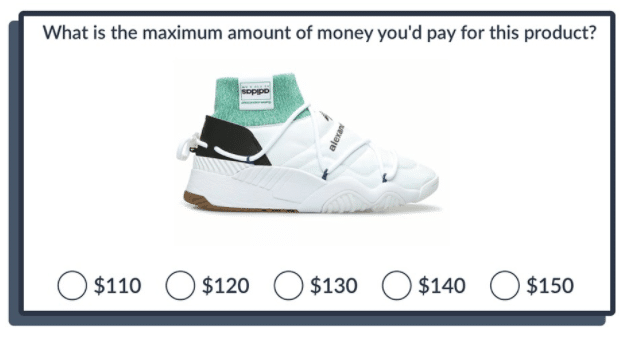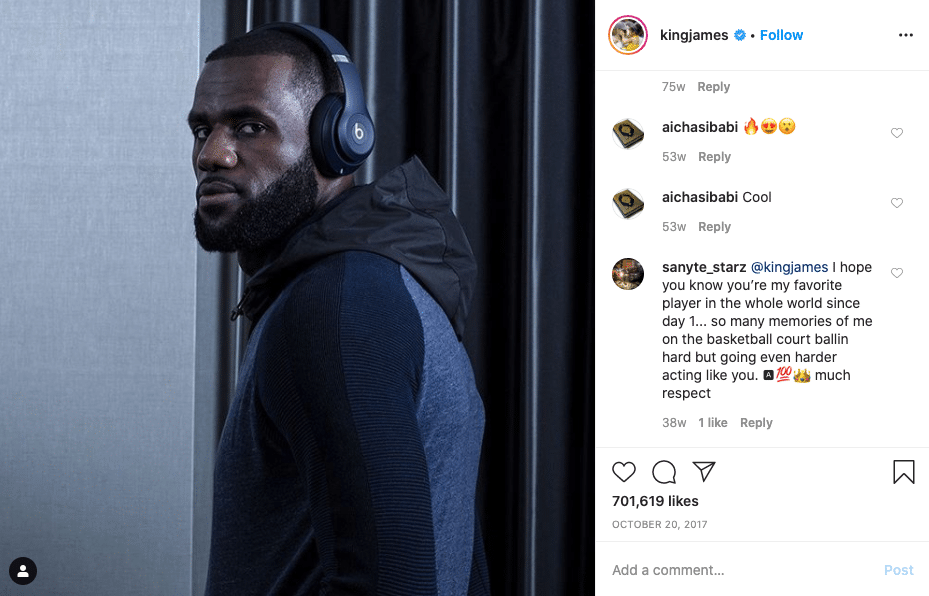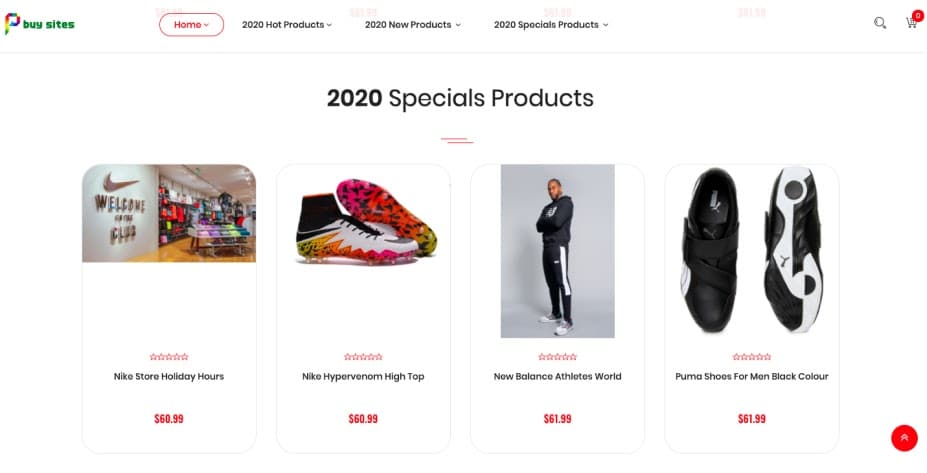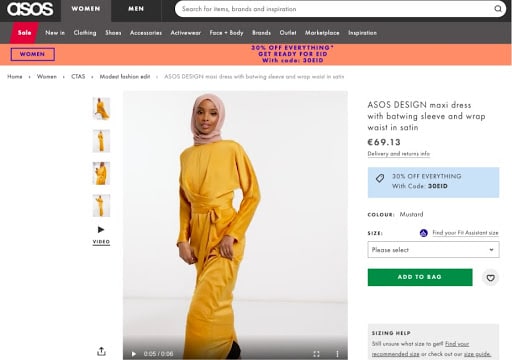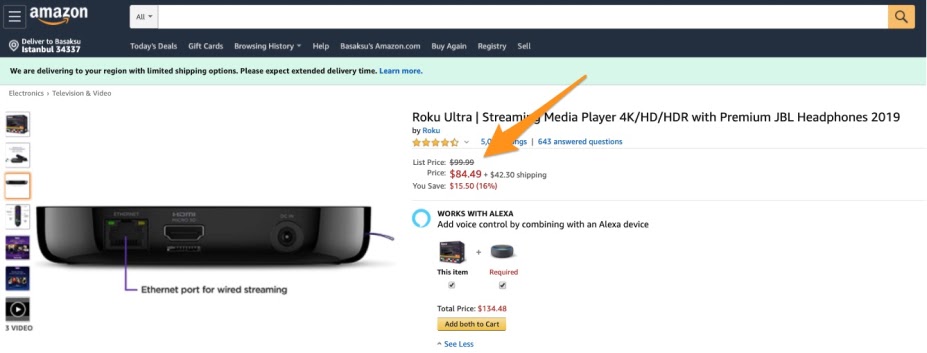Wouldn’t it be great to know how much money shoppers are willing to pay for your product? You’d have a better idea of demand at each price point, right? What if I told you you can have a pretty good idea of shoppers’ willingness to pay (WTP) and even influence it to a certain extent?
Doing that will give you the flexibility to target multiple segments of the market at different price levels. Also, it gives you the opportunity to bridge the gap between what you want to charge and what customers are willing to pay. That, in turn, will get you where you want in terms of sales performance of your e-commerce business.
In this post, you’ll learn:
- What is willingness to pay
- How to measure WTP (4 methods + advantages and disadvantages)
- Factors that influence WTP
- Tips to increase WTP
What is willingness to pay (WTP)?
The willingness to pay is the maximum amount of money a consumer would sacrifice in exchange for a product or service.
As a seller, willingness to accept is the minimum amount of money you’d demand for your product or service.
If a shopper’s WTP and your willingness to accept coincide—so your expectations match—it’s likely that a transaction will take place.
So, a marketer’s task is to set a price that’s attractive to the largest number of people. But how would you know shoppers’ WTP for a particular item?
How to measure willingness to pay
There are four methods of measuring WTP with unique advantages and disadvantages.
1: Market data analysis
You estimate future market behaviour based on past demand. Two types of sales data are suitable for this analysis:
- Panel data (purchase data reported by customer panel)
- Store scanner data (historical sales records)
Advantages:
- Real-life shopping behaviour and is utilised, instead of shoppers expressing their intentions of purchasing
Disadvantages:
- Running a customer panel can be too costly
- For a new product, there is no data available
2: Experiments
Experiments divide into two categories.
Lab Experiments
You provide money and multiple options to a consumer group to simulate a purchasing environment and observe shopping behaviour.
Advantages lab experiments:
- You get results quickly
Disadvantages lab experiments:
- Subjects of the experiment know that they are in an experiment, so their answers are likely to be biased and thus, invalid
Field Experiments
You observe shopping behaviour in real-life settings (in-store).
Advantages field experiments:
- Shoppers reveal true buying behaviour
Disadvantages field experiments:
- Considerably higher expenditures than laboratory experiments
- Demands a lot of time to get results
3: Direct Surveys
There are two types of direct surveys.
Expert Judgements
Sales and marketing experts estimate future demand based on their knowledge about the competitive landscape, who are in close relationship with consumers and sensitive to their needs.
Advantages expert judgements:
- Time and cost efficient
Disadvantages expert judgements:
- As the target market enlarges, experts cannot maintain close relationships with customers, and eventually, their judgments become irrelevant
Customer Surveys
You directly ask customers about their willingness to pay.
Advantages customer surveys:
- Quick results
Disadvantages customer surveys:
- Very low level of validity since it’s merely a reflection of actual consumer behaviour.
4: Indirect Surveys
You present consumers with product alternatives at various prices and ask them to rank order their preferences
Advantages indirect surveys:
- Higher accuracy than direct surveys
- The answers reveal consumers’ perception of other product attributes, which can be utilised in improving the product/service
Disadvantages indirect surveys:
- Although more accurate results than direct surveys, still don’t reflect real purchasing behaviour
Once you have WTP information, you can go for a favourable price range that most people’s WTP fall into, and/or work on increasing WTP.
Although no one has the power to alter people’s WTP altogether, there is a way of influencing it to a certain extent.
In other words, you can indirectly influence it.
To do that, we’ll learn which factors influence it first.
Factors that influence willingness to pay
Brand image
Research says a well-known brand name drastically increases the preference for the object. So even though we assume that our choices are rational, our minds can make us believe that a product is worth its premium price based solely on its brand.
You’ve all heard people discussing whether Beats by Dre headphones are any good. Well, depends on what you’re looking for. If you’re in the market for headphones with top-quality bass, Beats are not built for you. But if you’re looking for the style and branding, you’ve found it.
But of course, design and branding can come at a higher price than sound quality. Beats have benefitted largely from celebrity endorsements.
Tip: WTP is high for premium brands. But people choose the cheapest fast-moving consumer goods, especially consumables because there are countless alternatives. Track competitor prices to see where your prices stand against competitors. Sell FMCG products at average or below-average prices to entice the largest number of people to shop from your store.
Don’t have a celebrity or influencer that will lift your brand image? An easy alternative would be to use your own customers. Research has shown that displaying customer reviews can increase sales by up to 380%.
Perceived quality
Price and quality have a positive relationship in our minds.
It means that when we see a price too low compared to alternatives, we assume the product is of poor quality and vice versa.
Being an e-commerce owner, it’s a pretty good chance that you have multiple competitors selling what you sell. What differentiates you from competitors is not product quality,—not unless you’re selling a unique product—it’s the price.
Then how can you turn this bias into an advantage?
Tip: Make use of the decoy effect. The decoy effect refers to our tendency to change our preference between two options when presented with a third one.
Here are two boxes of truffles.
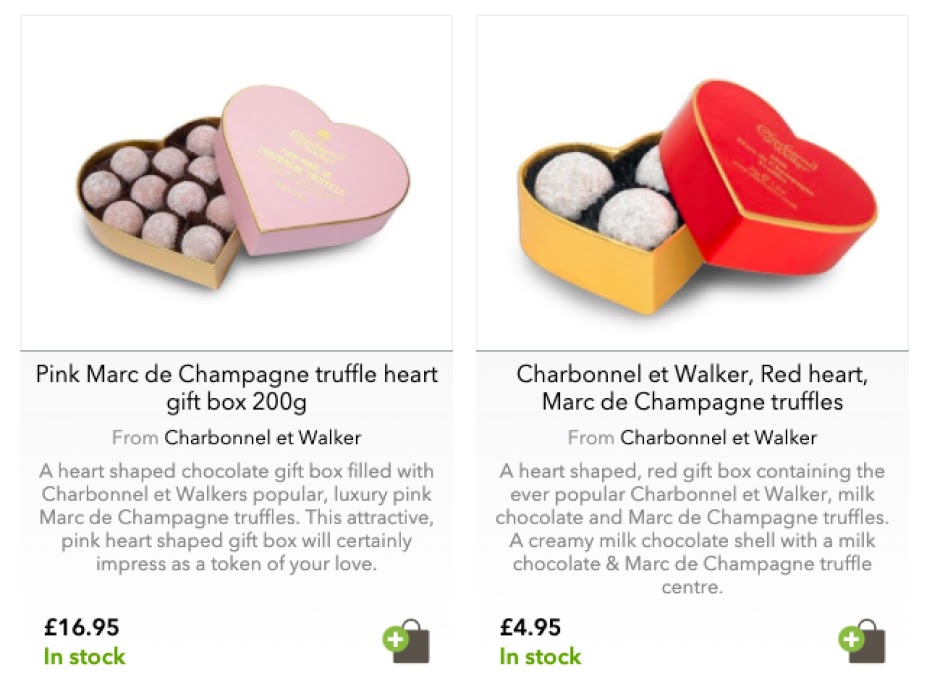

Tip: Although the modern consumer is price sensitive, never price too below the market average.
Ridiculously low pricing evokes distrust. Besides the fact that you’d leave money on the table, your store would look like a scam.
Emotional and self-expressive benefits
Some people express themselves through what they wear. Some shop for design, some stick to comfort. Some prefer shiny and bold, some prefer Lo-Fi.
So, clothes are not designed just to cover our body. They’re also making a statement.
I mostly wear solid colour, basic outfits, because I like simplicity. I’m expressing myself through what I wear, right?
If I want a pair of designer jeans, I’m willing to pay a lot. Not because they are covering my legs better than any other jeans. I like how they help me assert myself through my style.
So, what we consume comes with actual benefits—clothes covering our body—along with emotional and self-expressive benefits.
Tip: Videos are a great way to give shoppers an idea of how they’d feel using the product. Also, incorporating customer-generated content into your social media strategy would be a great way to create hype around what you sell.
Alternatives to the product
The more alternatives for the product, the less people are willing to pay for it, and vice versa.
That’s why companies that produce innovative technology products take advantage of the lack of competition. They price it high and lower it in time as the competitors catch up with the technology.
Back when Apple released the first iPhone, there were no other cell phones that ran apps. They sold it at $599.
For years, the company dominated the smartphone market and enjoyed the success. But now there is competition. Other companies now produce the same technology and sell it for much less.
How does it affect iPhone sales?
Well, many people choose much more affordable options with the same features. In other words, their WTP for smartphone technology has decreased.
Tip: Know where your product is at its life cycle. Consider that when setting its price.
Reference prices
Through exposure to many price points we form reference prices.
Think of them as reference points that we subconsciously compare to a new price point we encounter, to decide if it’s fair or not.
For example, you’ve been exposed to car prices throughout your life. When you decide to buy one, you already have an opinion about cars and car prices.
Even though marketers can’t alter your internal reference prices fundamentally, they can assert a short-term influence on you.
Tip: Use anchor prices to increase shoppers willingness to pay. Anchoring is another cognitive bias where people rely too much on the information they initially receive. In our case, anchor is the initial price displayed among the selling price.
Amazon displays anchor prices as the list price. And even highlights how much you save.
Concluding Remarks
If you know your target market well, you don’t have a problem marketing your product. Measuring willingness to pay will bring you a step closer to your audience. By doing so, it’ll help you keep existing customers and acquire new ones.
Even if you can’t spare the time to measure WTP, now you know the factors that affect it. Follow the tips you’ve learned. They’ll help you increase WTP in time.
Author Bio: Basak Saricayir is the content marketer at Prisync, price tracking, analysis and pricing optimisation tool that helps E-commerce companies increase sales and improve profitability.

